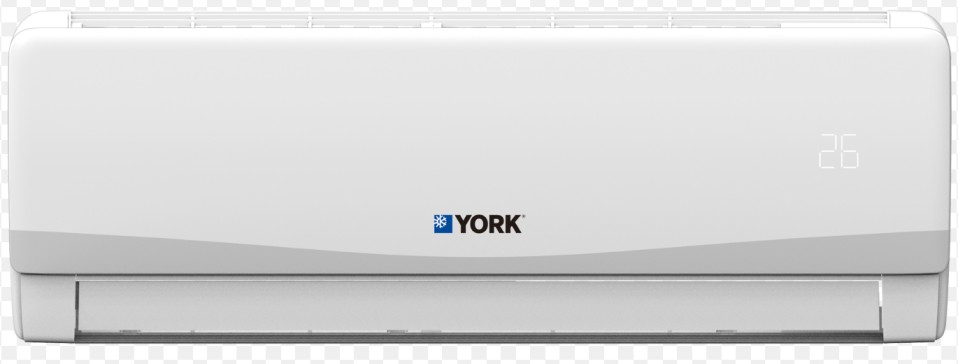A YORK BS box, also known as a Branch Selector box, is a crucial component in Variable Refrigerant Volume (VRV) systems, specifically in heat recovery applications. It is responsible for managing the flow of refrigerant to multiple indoor units based on their heating or cooling demands. This comprehensive guide will delve into the intricate details of how a YORK BS box functions, providing you with a thorough understanding of its design, components, and essential considerations for optimal performance.
Design and Functionality
The YORK BS box is designed to efficiently manage the refrigerant flow in a VRV system, particularly in heat recovery applications where simultaneous heating and cooling are required. The box receives refrigerant from the outdoor unit(s) and distributes it to the connected indoor units based on their specific heating or cooling demands.
To achieve this, the BS box utilizes a series of solenoids and electronic expansion valves (EEVs). The solenoids control the flow of refrigerant, while the EEVs regulate the superheat at the evaporator to maintain optimal cooling performance. The fan coils connected to the BS box determine the mode of operation, but the actual change of operation mode occurs within the BS box itself.
Components of a YORK BS Box

- Solenoids: The solenoids in the YORK BS box are responsible for controlling the flow of refrigerant. They act as valves, opening and closing to direct the refrigerant to the appropriate indoor units based on their heating or cooling demands.
- Electronic Expansion Valves (EEVs): The EEVs in the BS box regulate the superheat at the evaporator, ensuring optimal cooling performance. These valves precisely control the amount of refrigerant entering the evaporator, preventing issues like liquid slugging or insufficient superheat.
- Refrigerant Piping and Refnets: The BS box is connected to the refrigerant piping system, which includes Y-type fittings called Refnets. Refnets provide equal flow to both the main piping and the branch piping, ensuring balanced refrigerant distribution.
- Communication Wiring: VRV systems are communicating systems, with information shared between the fan coils and the outdoor units through a daisy chain of communication wiring. The communication wire should be 18/2 non-shielded stranded, and the system should be wired according to the submittal documents from the sales engineer.
- Oil: YORK VRV systems use Polyvinyl ether oil (PVE), which is more hygroscopic than POE oil. PVE can be dehydrated by pulling a vacuum on it, whereas POE cannot. If PVE is exposed to moisture, it turns the oil into sludge, which can cause mechanical failure down the road.
Proper Installation and Wiring
Correct installation and wiring of the YORK BS box are crucial for the system to function properly. Improper installation or miswiring can lead to issues such as units running in the wrong mode of operation, causing confusion and the need for troubleshooting.
- Refnet Installation: Proper installation of Refnets is critical, as improper installation can lead to adverse effects on system performance. Manufacturers recommend keeping the angle of the Refnet below 15 degrees for outdoor units to ensure optimal performance.
- Communication Wiring: The communication wiring between the BS box and the associated indoor units should be done according to the submittal documents provided by the sales engineer. Proper wiring ensures seamless communication and prevents issues like units running in the wrong mode.
- Oil Maintenance: Maintaining the quality of the PVE oil is essential for the long-term reliability of the YORK VRV system. Regularly checking the oil for moisture and dehydrating it if necessary can prevent sludge buildup and mechanical failures.
- Troubleshooting: In the event of system issues, proper troubleshooting procedures should be followed. This may involve checking the wiring, verifying the refrigerant charge, and ensuring the proper operation of the solenoids and EEVs within the BS box.
By understanding the design, components, and installation requirements of a YORK BS box, you can ensure the optimal performance and longevity of your VRV system. Remember to always refer to the manufacturer’s instructions and seek professional assistance if needed.
